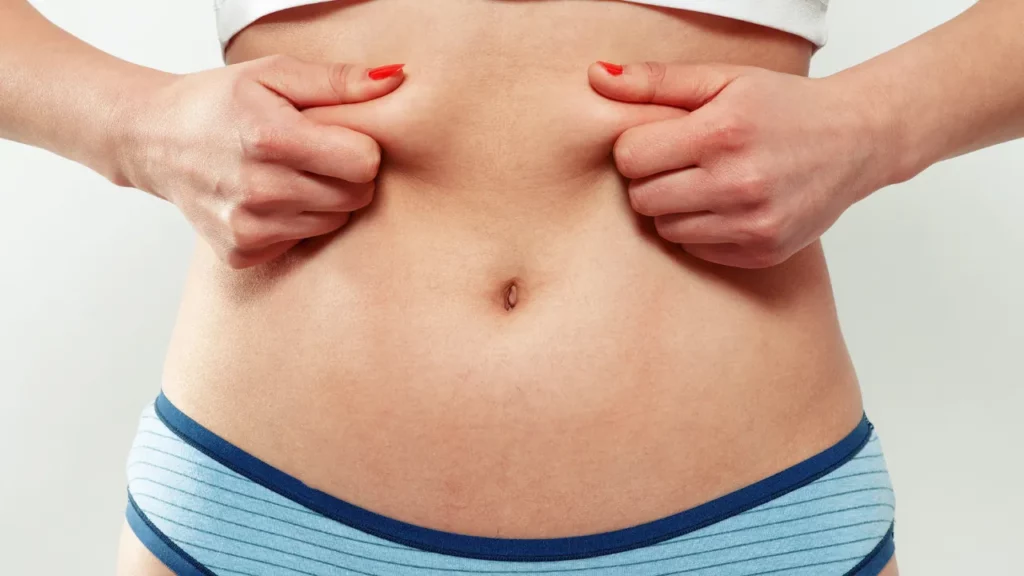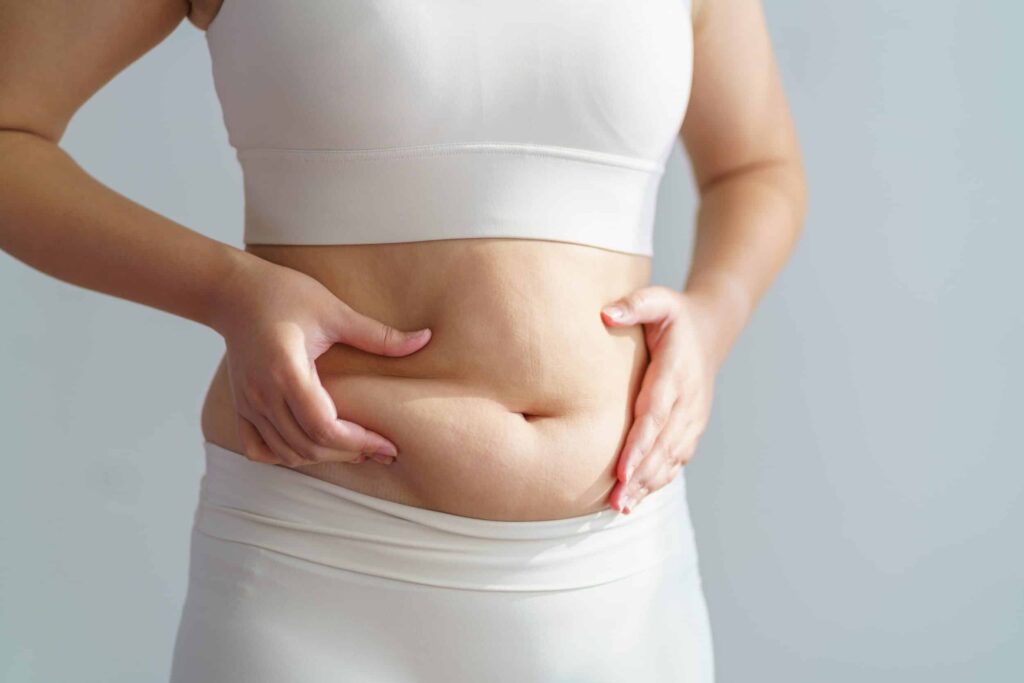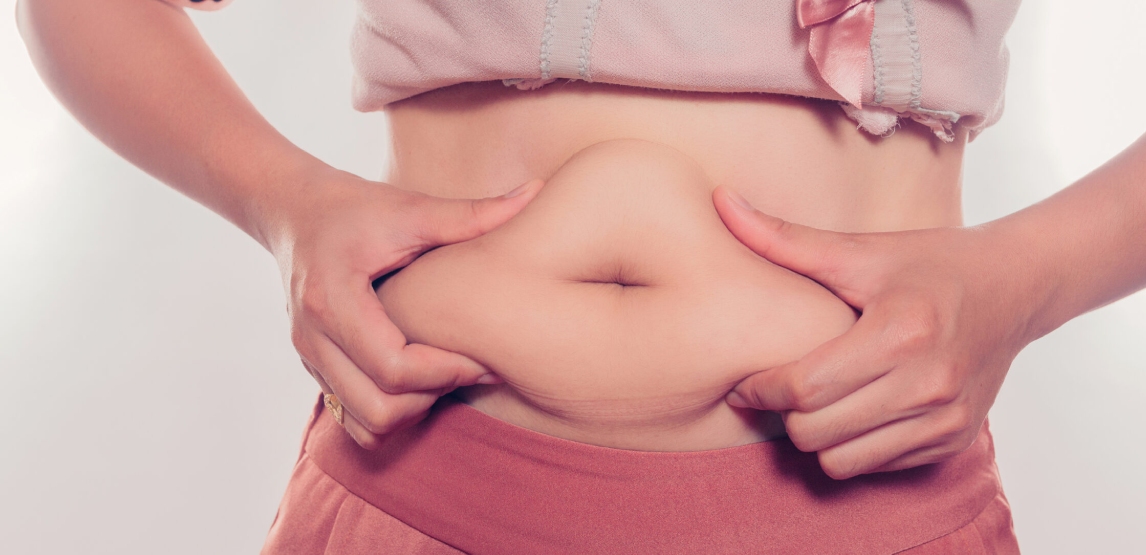Liposuction is one of the most popular cosmetic procedures worldwide for individuals seeking to sculpt and contour their bodies. It offers a solution for removing stubborn fat deposits that are resistant to diet and exercise. While the procedure yields promising results, one common post-operative concern is abdominal hardening or stiffness in the treated area. At LerraClinic,, we aim to provide patients with comprehensive information to help them understand what happens after liposuction and how to manage any side effects.
In this article, we’ll explore everything you need to know about abdominal hardening after liposuction, including its causes, what you can do to alleviate the condition, and how to ensure optimal recovery.
Table of Contents
What is Abdominal Hardening After Liposuction?
After liposuction, it’s not uncommon for the treated areas to feel firmer or harder than usual. This firmness, also referred to as fibrosis, is a normal part of the healing process. Abdominal hardening generally occurs as the body responds to the procedure by forming scar tissue and working to eliminate fluid buildup.
Hardening after liposuction is often temporary and typically begins to improve within a few weeks to a few months after the surgery. However, understanding the underlying causes can help you manage your expectations and recovery process effectively.
Causes of Abdominal Hardening After Liposuction

1. Inflammation and Swelling
Immediately after liposuction, the body initiates an inflammatory response to start the healing process. This can lead to swelling, which may contribute to the feeling of tightness or hardness in the abdomen. The swelling usually peaks within the first few days and may last several weeks, depending on the individual’s healing process.
2. Fluid Retention
During liposuction, small tubes called cannulas are inserted into the body to remove excess fat. In the days following the surgery, the body may accumulate fluids in the treated areas as part of the healing process. This fluid retention can make the abdomen feel hard to the touch. In some cases, surgeons place drainage tubes to help release excess fluid and minimize hardening.
3. Scar Tissue Formation
Scar tissue, or fibrosis, is another reason for abdominal hardening after liposuction. The body naturally creates scar tissue as part of the wound healing process. While some fibrosis is to be expected, it can create a firm or hardened feeling in the abdomen. In rare cases, excessive scar tissue may require additional treatment.
4. Skin Retraction
Another factor contributing to the sensation of hardening is skin retraction. After fat removal, the skin needs time to retract and conform to the body’s new contours. This process can create tension and contribute to the feeling of tightness or firmness in the abdominal area.
5. Post-Surgical Compression Garments
Most surgeons recommend wearing a compression garment after liposuction to control swelling and promote skin retraction. These garments help support the healing tissues and prevent the formation of excess fluid, but they may also contribute to the sensation of abdominal tightness, especially in the initial recovery phase.
How Long Does Abdominal Hardening Last?
The duration of abdominal hardening varies from person to person. In most cases, it will gradually soften as the swelling subsides and the body heals. On average, patients can expect some degree of hardening for the first 2 to 3 months following the surgery. However, in some cases, it may take up to 6 months or more for the firmness to completely subside.
If hardening persists or worsens, it’s essential to consult with your surgeon to rule out any complications.
Preventing and Managing Abdominal Hardening After Liposuction
There are several ways to prevent and manage abdominal hardening after liposuction. The key is to be proactive in your aftercare routine and follow your surgeon’s post-operative instructions closely.
1. Wear Compression Garments as Directed
Wearing a compression garment is crucial for controlling swelling, promoting skin retraction, and minimizing fluid retention. Make sure to wear the garment for the recommended time period—usually 6 to 8 weeks—and ensure it fits snugly but not too tightly to avoid discomfort or circulation issues.
2. Lymphatic Drainage Massages
Lymphatic drainage massages are highly effective in reducing swelling, minimizing fluid buildup, and preventing fibrosis. These massages help stimulate the lymphatic system, encouraging the body to flush out excess fluids and toxins more quickly. At LerraClinic, we recommend a series of manual lymphatic drainage (MLD) massages for our liposuction patients, starting as early as 5 to 7 days after the surgery.
3. Stay Hydrated
Adequate hydration is essential for flushing out toxins and promoting healthy tissue repair. Drinking plenty of water can help prevent fluid retention and aid in the overall healing process. Aim for at least 8 to 10 glasses of water per day, particularly in the first few weeks after surgery.
4. Gentle Movement and Exercise
Light physical activity, such as walking, can help reduce swelling and improve circulation, which aids in the healing process. Avoid strenuous activities and heavy lifting for at least 4 to 6 weeks post-surgery. Once your surgeon gives you the green light, you can gradually incorporate more intense exercise to help tone and strengthen the abdominal muscles.
5. Avoid Smoking and Alcohol
Smoking and alcohol can interfere with the healing process, increase inflammation, and lead to complications like excessive scar tissue formation. It’s crucial to avoid these substances for at least 4 to 6 weeks before and after your liposuction procedure to ensure optimal healing.
6. Use Scar Management Products
Your surgeon may recommend topical treatments, such as silicone gel sheets or scar creams, to minimize the appearance of scars and reduce fibrosis. These products can be highly effective when used consistently in the early stages of healing.
Potential Complications of Abdominal Hardening

While abdominal hardening after liposuction is typically a normal and temporary part of the healing process, there are some cases where it may signal a complication. It’s important to recognize when the firmness or tightness may require medical attention. Some potential complications include:
1. Seroma
A seroma is a collection of fluid that can build up under the skin after liposuction. While mild cases may resolve on their own, larger seromas may require drainage to prevent further hardening or infection.
2. Infection
In rare cases, infection can develop at the liposuction sites, leading to increased swelling, redness, and firmness. If you experience symptoms such as fever, pus discharge, or severe pain, contact your surgeon immediately.
3. Excessive Fibrosis
If too much scar tissue forms during the healing process, it can lead to excessive hardening and even distort the results of your liposuction. In such cases, additional treatments, such as radiofrequency therapy or ultrasound-assisted liposuction, may be required to soften the tissue and improve the contours.
The Role of LerraClinic in Your Liposuction Journey

At LerraClinic, we are committed to helping our patients achieve the best possible results from their liposuction procedures. Our highly trained surgeons and medical staff provide top-tier care from consultation to recovery. We believe that patient education is key to successful outcomes, so we take the time to explain every step of the process, including how to manage common post-operative concerns like abdominal hardening.
Our clinic offers a wide range of post-surgical care options, including manual lymphatic drainage, scar management products, and follow-up appointments to ensure that your healing progresses smoothly.
Conclusion
Abdominal hardening after liposuction is a common, temporary side effect that most patients experience as part of the healing process. While the sensation of tightness and firmness may be concerning at first, it’s important to remember that it typically resolves with time. By following your surgeon’s advice and incorporating helpful strategies like compression garments, lymphatic drainage massages, and hydration, you can manage the condition effectively and enjoy the results of your liposuction.
At LerraClinic, we are here to guide you through every step of your journey to a more contoured, confident you. Our team’s expertise and dedication to patient care ensure that your liposuction experience is as smooth and successful as possible.
For more information about liposuction and post-operative care, don’t hesitate to contact our expert team at LerraClinic,!
Contact us today and get the best offer!
Read Also:

